1. Research & Brand Strategy
2. Brand Guidelines
3. Brand Identity & Positioning
4. Naming & Domain
Transform your brand with our expert touch. We craft memorable identities that resonate and captivate your audience.
1. Research & Brand Strategy
2. Brand Guidelines
3. Brand Identity & Positioning
4. Naming & Domain
Engage your visitors with stunning web designs. Our user-friendly, visually striking websites turn clicks into loyal customers.
Stand out on the shelves with our eye-catching packaging designs. We blend form and function to make your products irresistible.
1. Brand Strategy Development
2. Product Positioning
3. Packaging design for Hero Products
4. Guideline formulation
Boost your online sales with our seamless eCommerce solutions. From design to launch, we create digital storefronts that convert.
1. Brand roadmap
2. Communication Design
3. E-com store Set up Strategy
4. Front-end & Back-end development
Let me be honest with you. If your website or app is losing customers, if people are complaining about confusing navigation, or if you're just not getting the conversions you expected, the problem is probably your user experience. I've worked with companies spending thousands on marketing only to watch users bounce because their website was frustrating to use.
Here's what most business owners don't realize: every $1 invested in UX design returns an average of $100. That's not marketing fluff - that's real data from real businesses.

Here's what most business owners don't realize: every $1 invested in UX design returns an average of $100. That's not marketing fluff - that's real data from real businesses. When we redesigned an e-commerce client's checkout process last year, their conversion rate jumped from 2.1% to 4.8% in just six weeks. That single change generated an extra $200,000 in revenue within three months.
But it's not just about money. Good UX design makes your customers' lives easier, and happy customers become loyal customers. They recommend you to friends, leave positive reviews, and stick around longer. Poor UX design does the opposite - it frustrates people and sends them straight to your competitors.

Understanding your users through data-driven research, competitors, and usability testing to build products based on real insights and what’s trending in your industry.
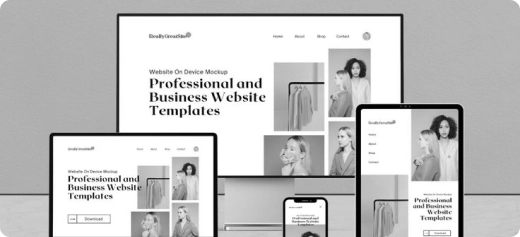








When clients ask us about our UI/UX design process, we explain it’s much like building a house. You don’t begin with paint colors, you first define the purpose, understand the people who’ll use it, and assess the foundation. From there, we create blueprints, validate every detail, and then build with precision. Our agency’s design process follows the same principle, structured, thoughtful, and built to last.

The first thing we do is sit down with you and really understand your business. Not just what you sell, but why you sell it, who buys it, and what challenges you're facing. This isn't just a casual conversation - we have structured workshops where we dig deep into your goals, your customers, and your competition.
During discovery, we ask tough questions like: Who is your ideal customer really? What do they struggle with? What makes them choose you over competitors? Why do some visitors leave without buying? Many business owners think they know these answers, but we often uncover surprising insights that completely change the direction of the project.
We also look at your existing data - Google Analytics, customer support tickets, user feedback, sales conversations. This data tells us stories about real user behavior that surveys and assumptions often miss. One client was convinced their checkout process was fine until we showed them that 60% of users were abandoning their cart at the shipping calculator. That single insight shaped the entire redesign strategy.
This is where we become detectives. We conduct user interviews, send out surveys, and sometimes even observe people using your current website or app. The goal is to understand not just what users do, but why they do it and how they feel about it.
User interviews are goldmines of insight. People will tell you things in interviews that they'd never write in a survey. We learn about their frustrations, their worries, their goals, and their daily routines. This helps us design solutions that fit naturally into their lives instead of forcing them to adapt to our design.
We also study your competitors - not to copy them, but to understand what users expect in your industry and where there are opportunities to do things better. Sometimes the best insights come from looking at completely different industries and asking "How might we apply this here?
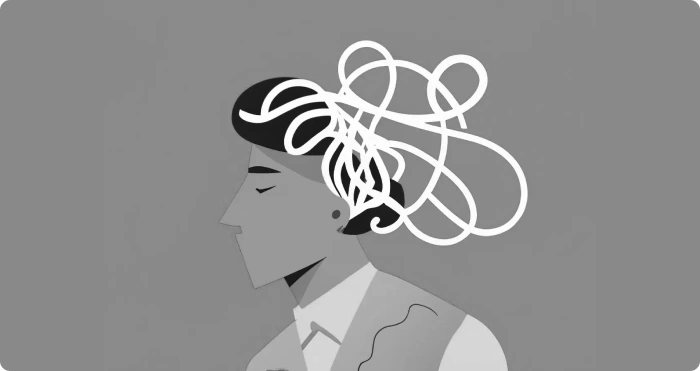
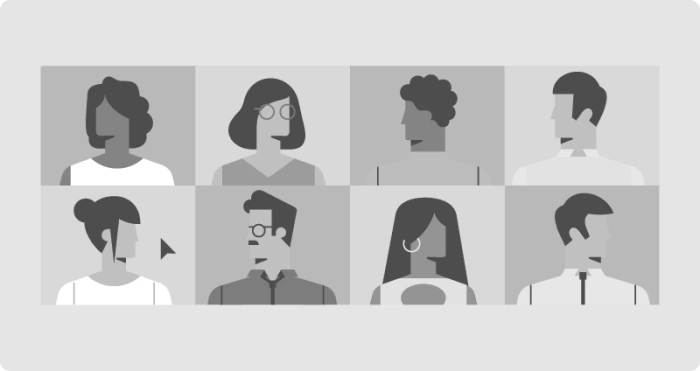
Based on our research, we create detailed user personas. These aren't generic "25-35 year old professionals" descriptions. We're talking about Sarah, the busy mom who shops on her phone during her commute and gets frustrated with tiny buttons. Or David, the retiree who wants to research every purchase thoroughly but struggles with small text and confusing navigation. We map out the complete journey these users take with your brand - from first hearing about you to becoming loyal customers (and hopefully advocates). This journey map shows us all the touchpoints where good or bad experiences can make or break the relationship.
Journey mapping often reveals surprising insights. You might think the most important moment is when someone makes a purchase, but we might discover that the real make-or-break moment is when they're trying to understand your return policy, or when they can't find customer service information.
Now we organize all your content and features into a structure that makes sense to your users, not just to you. This is like creating the floor plan for a house - where should the kitchen be in relation to the dining room? Where should the bathrooms go? In website terms: where should the search bar be? How should your product categories be organized?
We use techniques like card sorting, where real users organize your content into groups that make sense to them. You might organize your products by technical specifications, but users might think about them by use case or problem they're trying to solve. Information architecture bridges this gap.
Good information architecture is invisible when it's done right. Users can find what they need without thinking about it. Bad information architecture is obvious - it's when people can't find your contact information, when your navigation menu is confusing, or when similar things are scattered across different sections of your site.
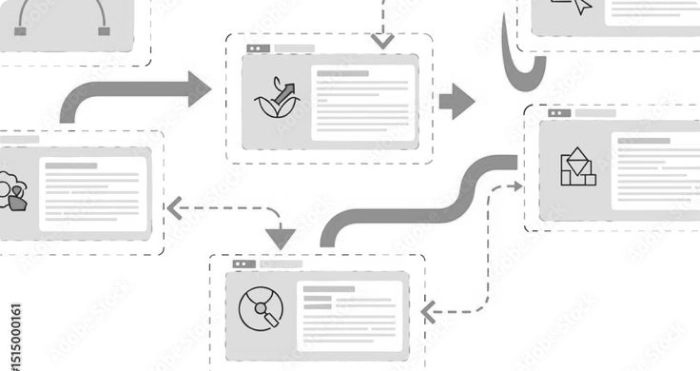
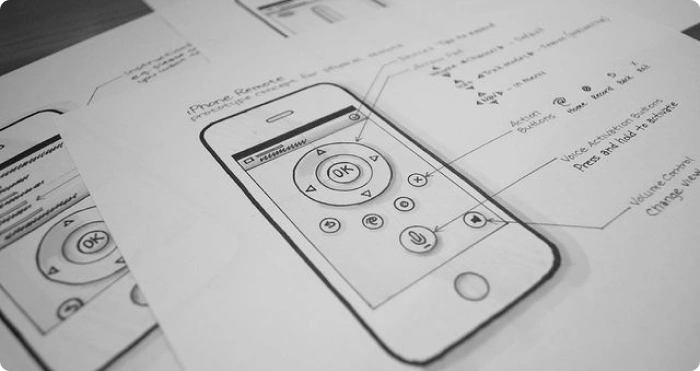
Wireframes are like architectural blueprints for your website or app. They show the layout, structure, and functionality without getting distracted by colors, fonts, or images. This is where we solve the functional problems before we worry about how things look. We start with rough sketches on paper or whiteboards, then move to more detailed digital wireframes. These help us figure out what goes where, how users will navigate between sections, and what actions they can take on each page. It's much easier and cheaper to move boxes around in a wireframe than to redesign a finished website
During wireframing, we're constantly asking: Does this layout support the user's goals? Is the most important action clear and easy to find? Are we asking users to provide information at the right time? Have we made it easy to recover from mistakes?
Here's where things start to look pretty, but visual design is about much more than making things attractive. Every color, font, button style, and spacing decision is intentional and based on psychology, accessibility principles, and your brand goals. We choose colors that create the right emotional response and ensure good contrast for accessibility. We select fonts that are easy to read and reflect your brand personality. We design buttons and links that clearly communicate what will happen when clicked. We create a visual hierarchy that guides users' attention to the most important elements first
Visual design also includes creating a design system - a collection of reusable components and style guidelines that ensure consistency across your entire product. This isn't just for looks; consistency helps users learn your interface faster and feel more confident using it.

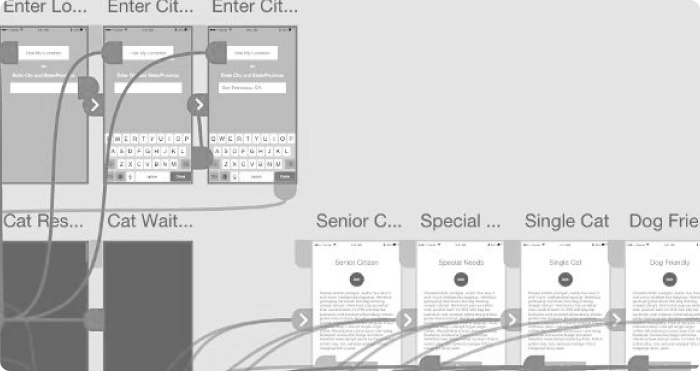
Prototypes let us test how the design actually feels to use before spending time and money building the real thing. We create interactive prototypes that you can click through on your computer or phone. These feel much more real than static images and help everyone understand how the final product will work. Prototyping often reveals problems that weren't obvious in static wireframes or designs. Maybe a button is too small to tap easily on mobile, or maybe a multi-step process feels longer and more complicated than expected. It's much easier to fix these issues in the prototype phase than after development has started.
We also use prototypes to get buy-in from stakeholders and gather feedback from users. There's something powerful about clicking through a prototype that helps people understand the solution in a way that static presentations can't match.
Before we finalize anything, we test our designs with real users. We watch people try to complete realistic tasks using our prototypes, and we take notes on where they struggle, what confuses them, and what works well. User testing always teaches us something new. Users do unexpected things, misinterpret elements we thought were obvious, and reveal problems we never considered. This isn't a failure of our design process - it's exactly why testing is so valuable. Better to discover these issues now than after your website goes live.
We conduct several rounds of testing, making improvements between each round. By the time we're done, we're confident that the design will work well for your real users, not just for us designers who've been staring at it for weeks.
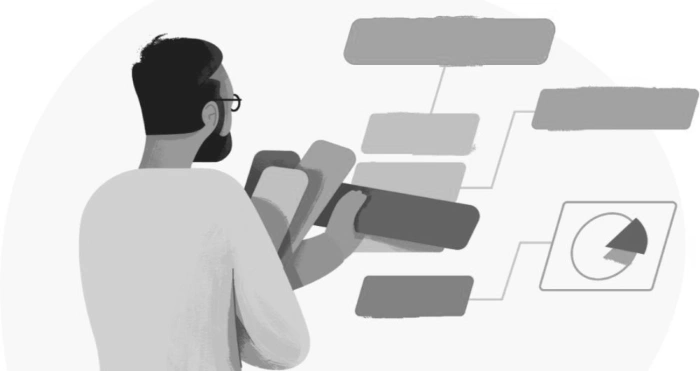

Getting designs from the design team to the development team sounds simple, but it's where many projects go wrong. Developers need much more detail than you might expect - exact pixel measurements, color codes, font specifications, animation details, and behavior descriptions for different screen sizes. We use specialized tools that automatically generate much of this information and create an organized library of all design components. We also include detailed notes about accessibility requirements, performance considerations, and special interactions that might not be obvious from the visual design alone.
But handoff isn't just about documentation - it's about communication. We work closely with development teams throughout the process, answering questions, clarifying requirements, and making adjustments when technical constraints require design changes.
Our job doesn't end when designs are handed off to developers. We stay involved throughout development to ensure the final product matches our design intent and provides the user experience we planned. This includes regular design reviews, where we check the work-in-progress against our designs and provide feedback. We test the developing product on different devices and browsers to catch problems early. We also help make decisions when unexpected technical issues require design adjustments.
Quality assurance is particularly important for user experience. A button that's 2 pixels smaller than designed might not seem important, but if it makes the button harder to tap on mobile devices, it affects the user experience. We're looking out for these details so you don't have to.


When your new design launches, we don't just disappear. We help monitor how real users respond to the new design, looking at analytics data, user feedback, and performance metrics to identify any issues or opportunities for immediate improvement. The first few weeks after launch often reveal small issues that weren't apparent during testing. Maybe a certain user group is having trouble with a specific feature, or maybe performance is slower than expected on certain devices. We help identify and fix these issues quickly.
We also help you understand what metrics to track to measure the success of the new design. Depending on your goals, this might include conversion rates, time on site, task completion rates, customer satisfaction scores, or support ticket volume.
The best digital products are never really "finished" - they evolve based on user feedback, business needs, and new opportunities. We help you establish a process for ongoing optimization and improvement.
This might include regular user testing to identify new opportunities, A/B testing to optimize key flows, analytics review to understand user behavior changes, and design updates to support new features or business goals. The goal is to create a culture of continuous improvement that keeps your user experience competitive.
We also help you plan for future phases of growth. As your business evolves, your user needs and business goals will change too. Having a partner who understands your users and your business makes it much easier to adapt and expand your digital presence over time.


We design intuitive, compliant interfaces for patient portals, telemedicine platforms, and medical devices. Our focus is on accessibility, error prevention, and helping providers work efficiently while patients easily manage their health data.



We go beyond visuals to design solutions that solve real problems, drive engagement, and achieve business goals.
With 10+ years of experience, we’ve mastered the art of blending creativity with strategy to deliver lasting impact.
Our process is open and collaborative — you’ll always know what we’re doing, why, and how it benefits your brand.
We don’t stop at launch. We stay with you to refine, optimize, and ensure your design delivers continuous results.
Don't let your competitors dominate search results while your business remains invisible to potential customers.
As Delhi's trusted search engine optimization company, we're committed to elevating your digital presence and driving measurable business growth through strategic, ethical SEO practices.
Whether you're a local business targeting Delhi customers or a national brand looking to expand your reach, our proven methodologies and experienced team are ready to create a customized strategy that delivers results.
Join them and to create a compelling website that engages and converts.
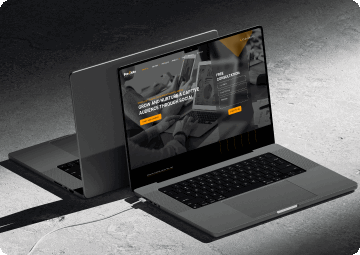




Transform your online presence with stunning design and seamless functionality. Elevate your brand with a website that captivates and converts!
Transform your online presence with stunning design and seamless functionality. Elevate your brand with a website that captivates and converts!
Why are UI/UX design services important for my business?
How do your UI/UX design services work?
Do you offer both mobile and web UI/UX design?
Can you redesign my existing website or app’s UI/UX?
How do you ensure the UI/UX design reflects my brand identity?
Will I be involved in the design process?
Can good UI/UX help my website rank better on Google?
Do you offer design audits for existing websites or apps?
Can you design UI/UX for SaaS platforms or enterprise applications?
What makes your UI/UX agency different from others?
Is UI/UX a one-time service or an ongoing process?